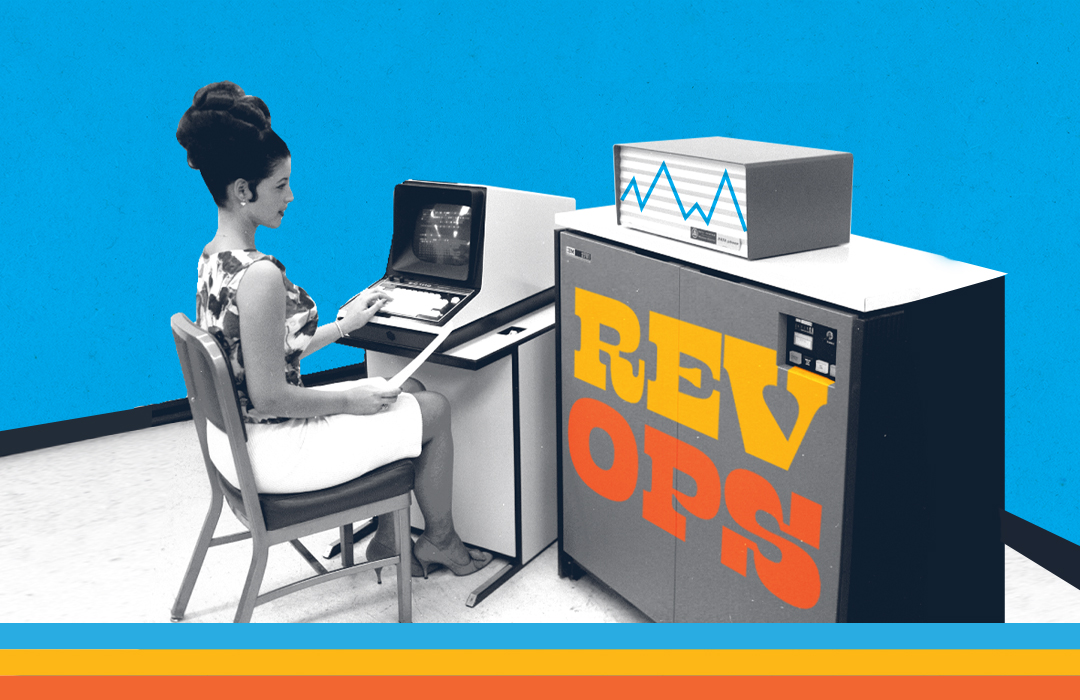Sustainable business growth requires more than luck—it demands operational alignment and reliable revenue generation. That’s why high-performing organizations are embracing Revenue Operations (RevOps) as a strategic framework to drive consistent, scalable growth.
In part one of our RevOps series, we broke down what RevOps is and how it benefits your business. Now, in Part Two, we’re diving into the GROWL-approved method for building a RevOps strategy tailored to your organization.
WHY REVOPS? WHY NOW?
All services aligned with revenue—such as marketing, sales, and customer success—are working toward the same goal. RevOps strategies lay a solid foundation to create a more unified and comprehensive customer journey—and happy customers mean more revenue.
So, how do you develop a RevOps strategy for your business? Depending on the business model, revenue goals, team size, and needs, all companies have different RevOps frameworks. As you implement a RevOps framework, you’ll find your unique business needs will shape the final product. However, GROWL recommends this simple method to get started: Prioritize the duties of each department—sales, marketing, and customer service—by integrating the responsibilities related to RevOps. This is the easiest way to introduce the left hand to the right hand, as all departments will be working together instead of thinking of each other as different entities with different goals.
HOW DO I CREATE A REVOPS STRATEGY?
Step 1 Outline Current Objectives
Before you can align, you need clarity. Start by outlining the current objectives of each department.
- Is marketing focused on automating lead generation?
- Is sales optimizing pipeline velocity?
- Is customer success improving retention rates?
Look for gaps, overlaps, and misalignments. You may uncover conflicting goals or even conflicting definitions of your customer. Use this moment as a strategic reset—ditch outdated assumptions and zero in on unified, customer-centric growth.
Step 2 Structure Your Team
There’s no one-size-fits-all structure for RevOps. You can:
- Designate an internal owner, typically from the department closest to revenue generations
- Create a new role like a RevOps Manager
- Distribute RevOps responsibilities across departments with clear ownership
Choose the model that best supports your business model and growth goals. What matters most is creating accountability and cross-functional visibility.
Step 3 Identify Performance Metrics
Metrics are the backbone of any RevOps strategy. Define the KPIs that matter to your entire revenue engine—not just to individual teams.
A Service Level Agreement (SLA) is a powerful tool here. It formalizes:
- Shared goals across departments
- Clear expectations
- Agreed-upon success metrics
With aligned metrics, everyone rows in the same direction—toward revenue growth.
Automation: THE REVOPS ACCELERATOR
Once your foundation is set, automation becomes your secret weapon. Look for bottlenecks, repetitive tasks, and handoffs that could be streamlined through automation. When used intentionally, automation empowers your teams to deliver faster, better, and smarter—at scale.
Ready to build a scalable, predictable revenue engine? GROWL's experts are here to help. Our complimentary RevOps Assessment will pinpoint gaps, align your revenue-driving functions, and help you build a strategy for sustainable growth.
